Mining
It is a surprising fact that intensive iron and manganese mining had been developed in the idyllic landscape of the Covadonga mountain over a period of 130 years and ceased in 1979.
The existence of manganese in the Covadonga lakes was already officially recognized in 1844, when the first mining concession ("Nuestra Señora de Covadonga") was claimed. However, its regular exploitation did not begin until some time later.
Around 1870, a French-Belgian company was in charge of initiating the mining development in Buferrera. At the end of the century, the mine was taken over by an Anglo-Saxon company and Asturiana Limited was established. It lasted only briefly, since at the end of 1899 the property was acquired by The Asturiana Mines, Ltd., whose registered office was located in the English town of Middlesbrough. This company ended its activity in 1932 due to an important price and consumer crisis.
From that moment on, the concessions were taken over by the company Compañía de Minas de Covadonga, S. A. (Comicosa), notably intensifying production during the years following the Civil War. In 1958, this company ceased its activities in the area of Buferrera, but maintained the ownership of the existing waste deposits in Vega de Comeya and other areas closer to Covadonga.
As a main characteristic, these ores contain hematite and pyrolusite as essential components, followed by goethite (to which mercury is associated) and other ferromanganese minerals. 1910 was the most prolific year, accounting for about 60,000 tonnes. During most of the remaining years of the first quarter of the last century, the production was maintained between 20,000 and 30,000 tonnes.
The Buferrera mines are located in a former glacial zone, which explains why they are surrounded by moraine deposits. The distinctive appearance of the traces left by the ancient mining work is remarkable. They display a curious morphology made up of limestone columns and remains of a karst with pinnacles, which were exposed as a result of the extraction activities of the manganese and iron accumulations inside the clayey deposits that filled the limestone cavities.
Carlos Luque Cabal y Manuel Gutiérrez Claverol

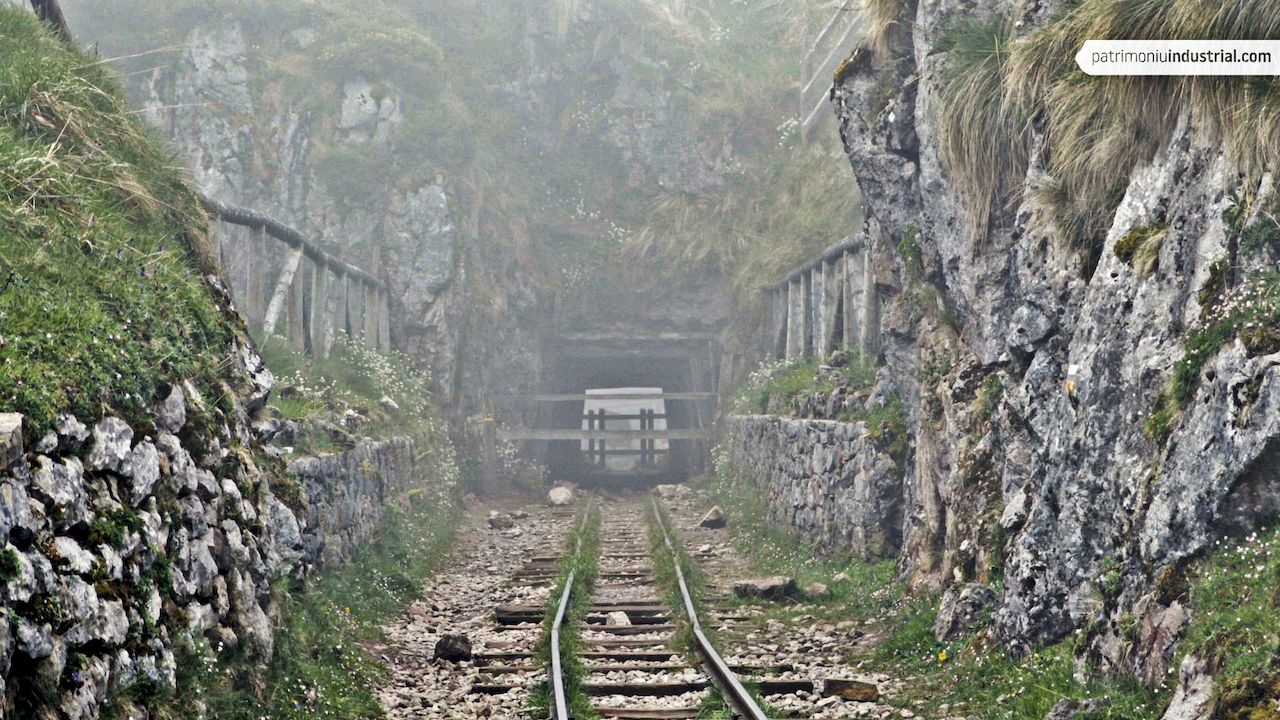
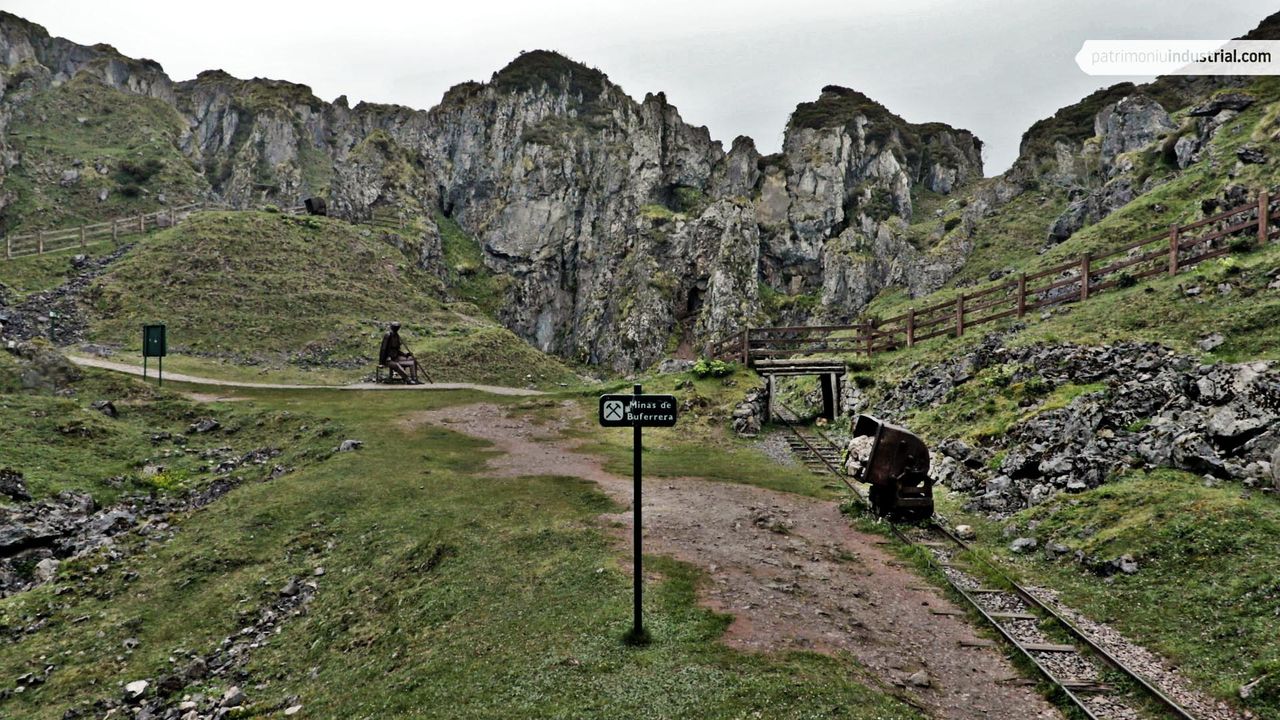
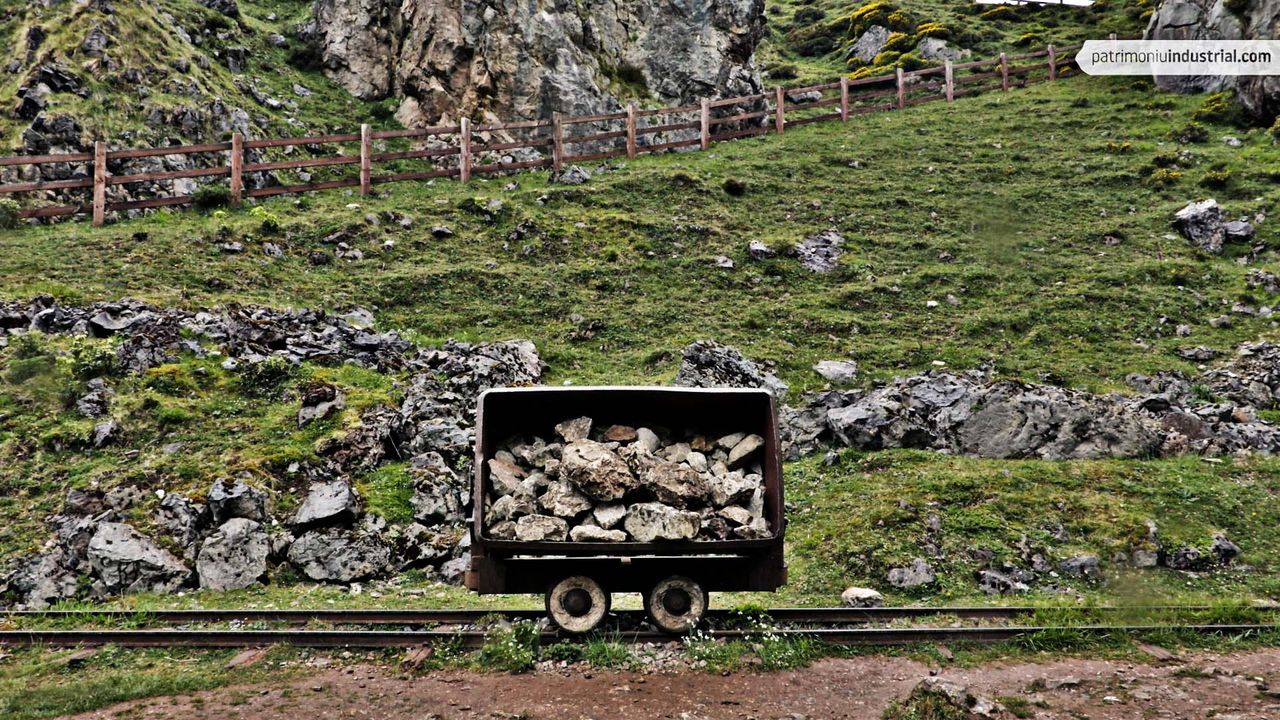
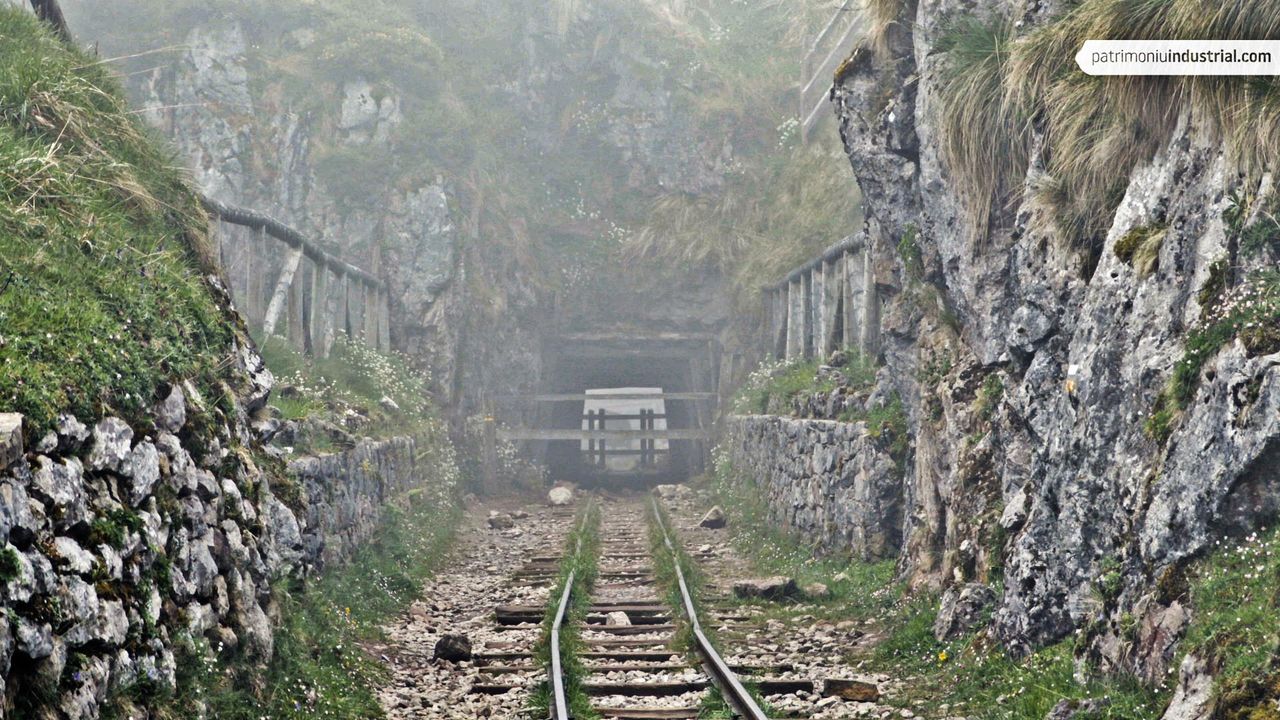

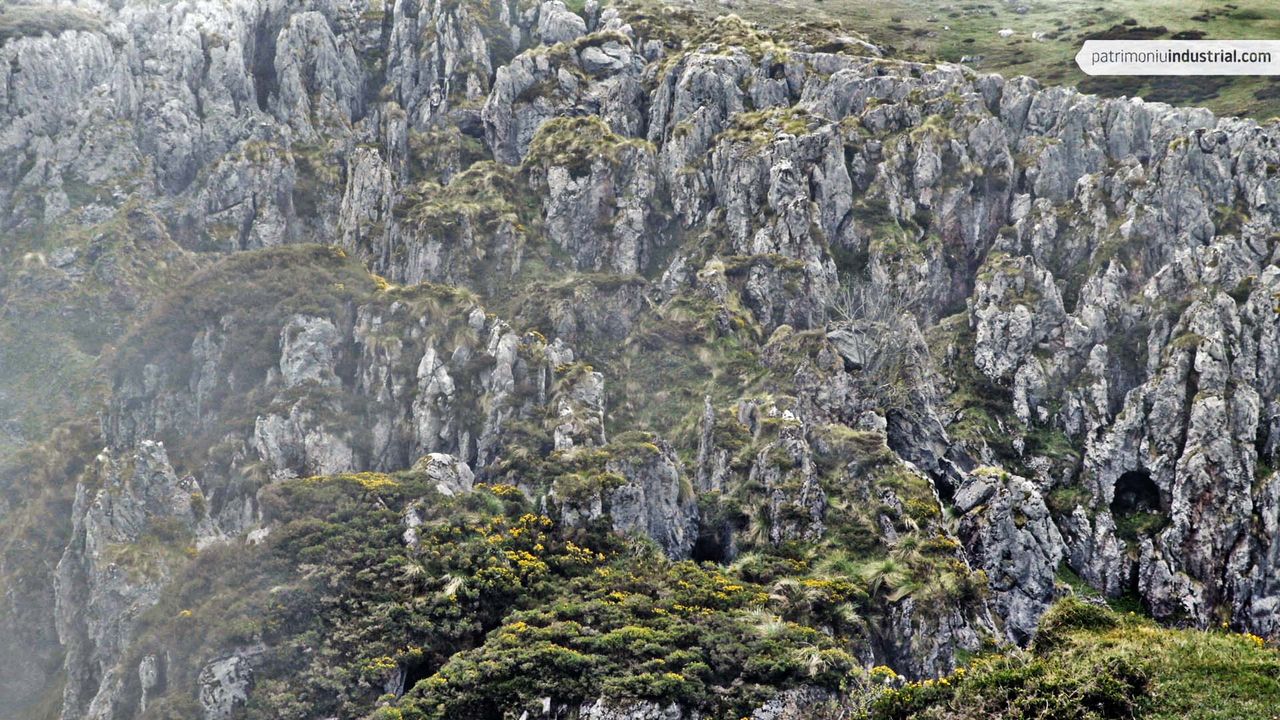
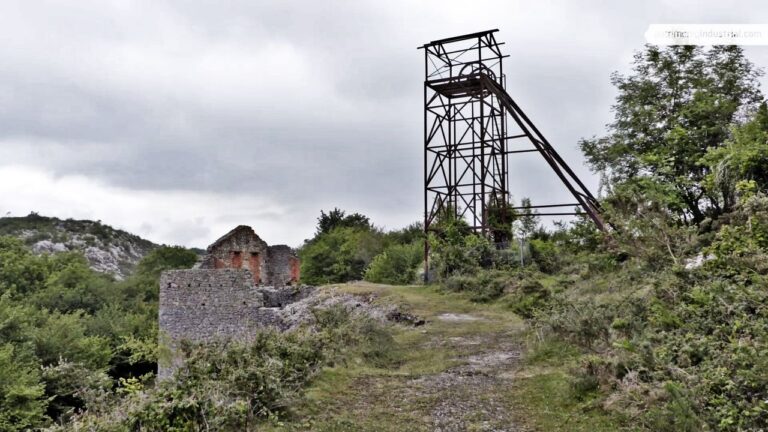
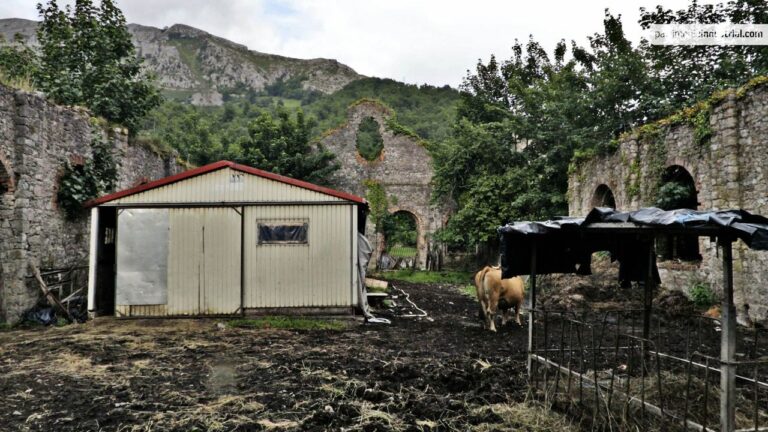
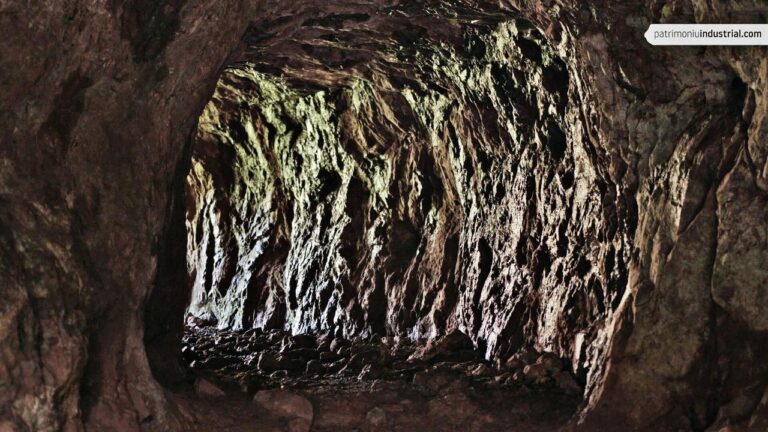

Recent Comments